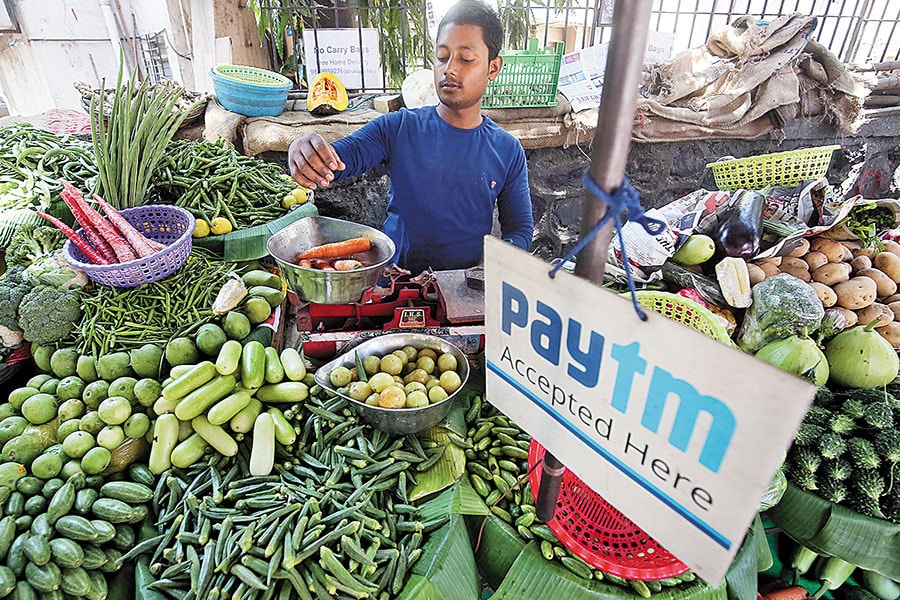
India's Richest: Paytm's Vijay Shekhar Sharma fights fierce competition
Paytm founder Vijay Shekhar Sharma is leading a concerted effort to build on the success of his payments platform and create a large digital financial services growth engine for his venture. But success is not assured
 Vijay Shekhar Sharma, founder and CEO, PayTm
Vijay Shekhar Sharma, founder and CEO, PayTm
Image: Amit Verma
Vijay Shekhar Sharma dreams of Paytm touching a billion lives. India’s largest mobile wallet provider by users is making a conscious pivot to financial services, thereby providing small and medium enterprises (MSMEs) with digital financial technology that will help them grow their business.
“Paytm is revolutionising access to digital payments and financial services in India. We hope to be India’s champion of new-age enterprises that is committed to proving the country's technology, product and scale on a global stage,” Sharma, founder and CEO of Paytm, tells Forbes India via email. “Our focus is to democratise wealth, insurance and lending products that can cater to half a billion Indians.”
Sharma’s rank on the 2020 Forbes India Rich List fell to 62 from 56 in 2019. His net worth, however, remained unchanged at $2.35 billion even as some of his peers from other sectors did better. The 42-year-old bespectacled billionaire started Paytm—short for ‘pay through mobile’— in 2010. He now aspires to build a large new-age financial services company offering banking, insurance, mutual funds, stockbroking and, of course, the payments platform not just to hundreds of millions of consumers, but also to millions of small businesses. He also operates ecommerce marketplace Paytm Mall, but that hasn’t taken off the way he would have liked it to.
New Goals
On October 19, Paytm announced it wants to capture 10 percent of the country’s untapped credit card opportunity with a “next generation” product it was launching. A week prior to that, on its payment gateway operations, the company said it was offering “same-day settlement” to merchants who transacted on its platform.




 The company offers ‘same-day settlement’ to merchants who transact on its platform
The company offers ‘same-day settlement’ to merchants who transact on its platform




